Resources
Planning
Screening
Next up, it's time to start screening candidates. Learn best practices for phone interviews, video interviews, how to put together a panel and more.
Selection
Once you have reviewed resumes and interviewed candidates it is time to select who would be the best fit for your open position and extend and offer.
Hiring
You have extended an offer and now the negotiations begin! It is important that both employee and employer are happy.
Onboarding
Day 1 is an important step in creating a positive working relationship. See how to institute best practices in your company.
Additional Resources
Troubleshooting Interview Dive
Check out our knowledge base for information about getting started, printing, saving or sharing your Dives. Need more help? See our Frequently Asked Questions here.
Community Library
View Interview Dives that fellow users created for similar positions to what you are currently hiring for.
Submit a Question
Have a question that you would like to see included? Suggest one for our bank.
Deep End Talent Strategies Blog
Design Your First 100 Days at Work
You just started a new job, and you are ready to knock down walls, get stuff done, and make an impact. That is a great instinct because when you are starting a new gig, the first 100 days are crucial. This is your chance to prove yourself and show off your skills. But before you get started doing anything, you need to take some time to set a solid foundation, build relationships, and gain an in-depth understanding of your new environment. Whether you are an employee or the President of the United States, your execution of the first 100 days in a new role is critical to your long-term success.
The Great Disconnect of Trust
Recently, a client with a fully remote team came to us with a problem. Things had been humming along smoothly with reports of higher-than-average levels of engagement among the employees and then, suddenly it seemed, they hit a wall. After some digging, we discovered a common complaint. The company had recently instituted daily time tracking per project for its salaried employees – even the high performers – without an explanation for the change to their operating procedures. When surveyed, every single employee complained that they felt they were not trusted to use their time wisely and were micromanaged.
Critical Knowledge Transfer
While the importance of knowledge transfer is typically recognized throughout organizations, few have formulated practical approaches that systematically address the issue. The extent to which most companies facilitate the transfer of knowledge is usually by exit interviews or post-employment checklists. With an increased focus on e-commerce and company layoffs at an all-time high due to the COVID-19 Pandemic, efficient operations will be the key to your business surviving post-pandemic and maintaining a competitive edge. Your company’s ability to effectively facilitate and manage the transfer of knowledge will be the determining factor of both.
Planning for Staffing Changes: Managing the Transition Process from Start to Finish
Organizational changes can be complex and have a lasting impact on the workflow and overall productivity of a business. One way that you can make transitions more manageable is by making an overall employee transition plan for your company. This article will outline the key points in the transition process and provide tips for creating a strategy for changes company wide.
How to Tell an Applicant They Didn’t Make the Cut
One of the hardest parts of the interview process is notifying the applicants who didn’t make the cut. It’s hard to tell someone they didn’t get the job, but it is important that you do. You want to be honest with them and let them know why they may not have been selected for the position. This will help them feel good about themselves and be open to coming back again in the future if there are any other positions available that might be a better fit.
The Rest of the Process…What Happens After the Interview
You’ve conducted the interview, but what happens next? The hiring process is a lot more involved than just scheduling and conducting interviews. There are many steps that need to be taken before you can hire someone new. You should be intimately familiar with those steps and be able to articulate what the candidate needs to know about the follow-up process. In this article, we’ll walk through what should happen after the interview, so you know exactly what it takes to get your new employee on board.
Contact DETS
Need help recruiting top talent? Want to conduct strength assessments as part of your interview process? We can help.






